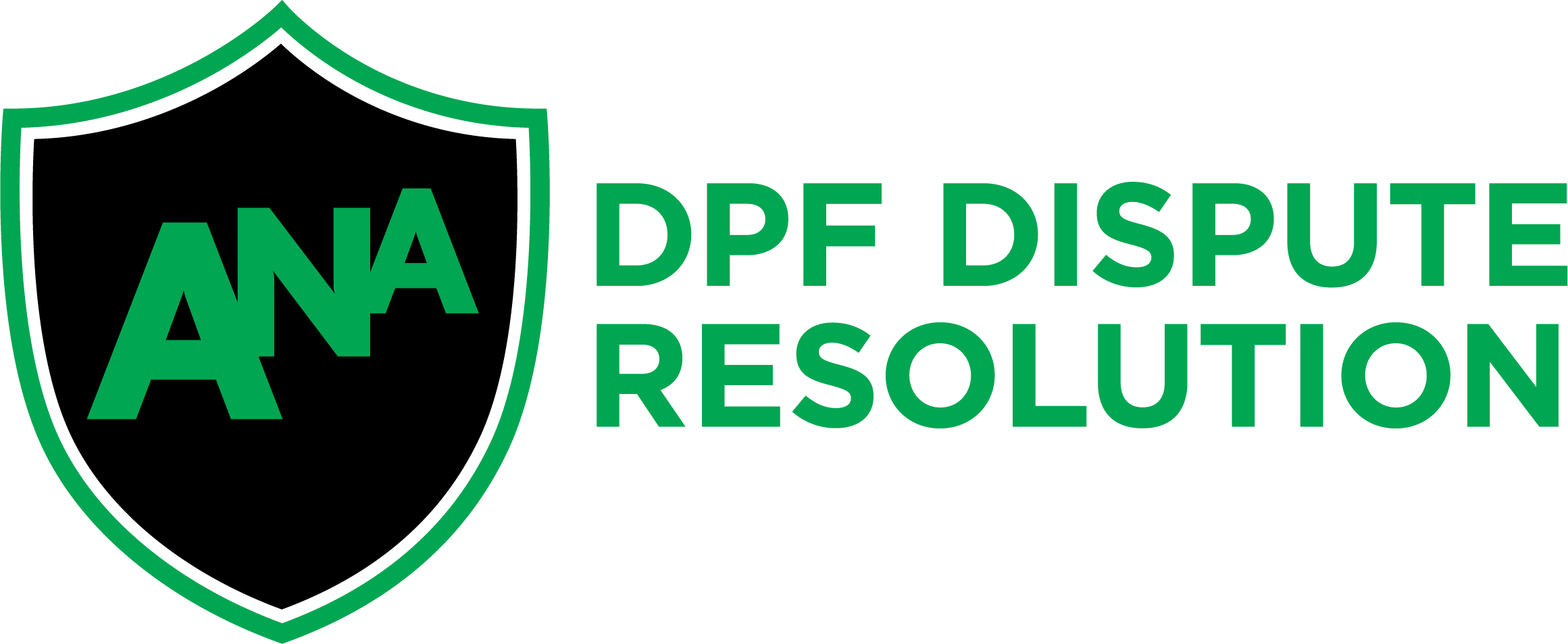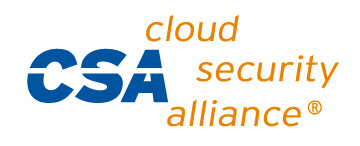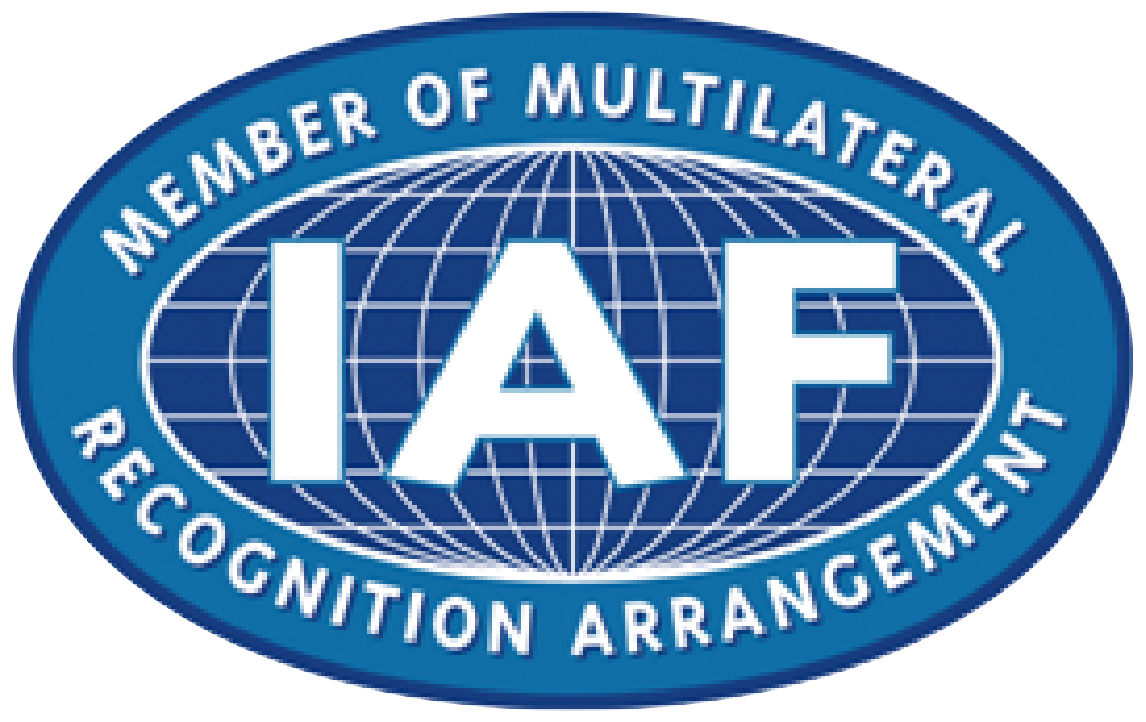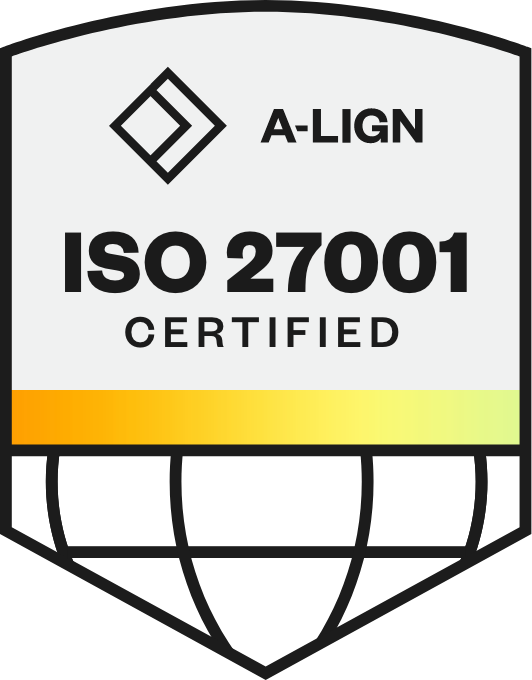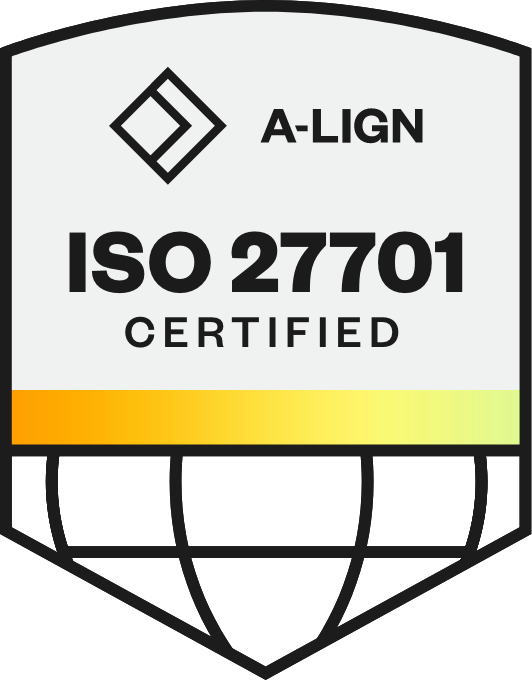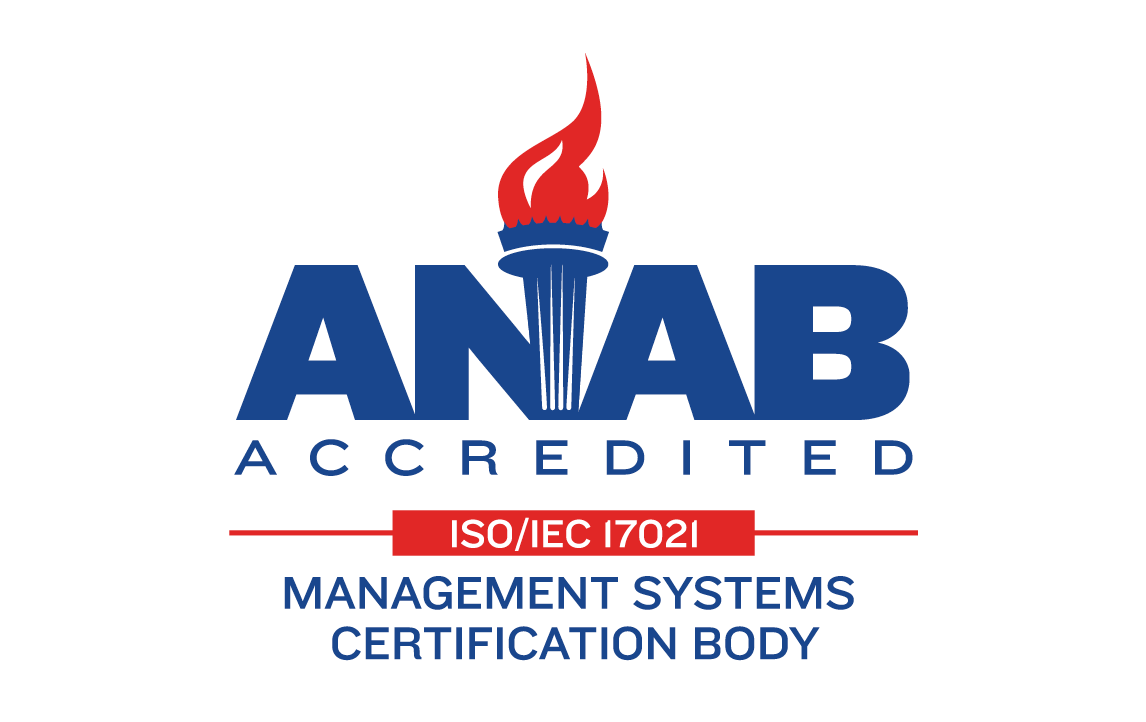
Listen Up: How Employee Feedback Drove Improved Career Mobility at BAE Systems
Creating effective internal mobility pathways has become critical for organizations seeking to retain top talent and foster career development. Companies with diverse workforces across multiple locations find that a centralized, user-friendly career platform can significantly improve employee engagement and retention rates.
BAE Systems’ transformation of its internal mobility strategy offers a compelling case study in employee experience optimization.
Kari Van Curen, Vice President of Talent Acquisition and Career Mobility, and Arleta Soundappan, Senior Director of TA Technology, Processes and Data, shared how they implemented a comprehensive internal virtual career center that increased employee engagement by 38%, improved profile completion rates by 32%, and boosted internal hires by 22%.
Watch the entire session here, or read on for the highlights!
Understanding the Business and Employee Needs
BAE System Inc., the US arm of the UK-based global defense contractor, represents a significant player in the defense industry with nearly 41,000 employees, 2024 sales of nearly $16.85 billion, and operations across four business sectors. This scale creates both opportunities and unique challenges for talent management. "We hire 8,000 to upwards of over 9,500 jobs a year," Van Curen explained. This diversity of roles across nearly all 50 states plus international locations, creates a complex environment for connecting talent to opportunities.

Amid the market turbulence of COVID and the Great Resignation, the company was collecting employee feedback through multiple channels to understand retention risks and employee sentiment. What they discovered was meaningful. "A lot of people sit back, wait, and then say, ‘When are you going to move me? What's my next career?’" Van Curen observed.
The challenge became clear: "How do we break this cycle?"
Building the Foundation: A Phased Approach to Career Development
Instead of creating a separate career development solution, the company made a strategic decision to leverage its existing Phenom Talent Marketplace to fulfill its vision. "We didn't want to go out and find another vendor," Van Curen explained. “We had this amazing internal career site and Phenom, like us, has a great focus on user experience. We thought, ‘we can take the internal career site — that can be our Virtual Career Center.’"

The implementation followed a thoughtful strategy built around three core principles:
1. Phased Implementation Strategy
BAE Systems adopted a multi-stage approach to their “Virtual Career Center” implementation, recognizing that success required both technical development and cultural change.
Their transformation unfolded across three distinct phases:
Phase One - Self-Service Resources: The team began by enhancing their existing Phenom internal career site with practical tools and content. “We looked at it as, ‘how can we start, how can we get something out there, get tools in the hands of our employees, plus signal to them, we hear you, we're committed,’” explained Van Curen.
Phase Two - Guided Support: Building on initial success, they introduced more personalized assistance. Their innovative “non-select coaching" pilot helped employees who weren't selected for positions get feedback and coaching. "We put it out there to a key group of employees in the middle management range… people applying for their first manager roles,” Van Curen noted. The program received positive reviews, with employees reporting successful outcomes after receiving support.
Phase Three - Targeted Development: Moving forward, the team’s roadmap includes more sophisticated capabilities focused on individual needs. "Our next phase will be targeted support and that's where we're looking at assessments and other things," said Van Curen, emphasizing their plans for enhanced employee development.
2. User-Centered Technical Requirements
To effectively serve 40,000+ employees across diverse business units and locations, BAE Systems identified six critical technical capabilities their solution needed to provide.
The goals primarily focused on:
Customization and Flexibility: "We were looking for a tool that could be tailored to our very specific needs, to our culture and our values, while at the very same time providing a seamless and very intuitive experience to our employees," Soundappan explained.
System Integration: "We needed a platform that could effortlessly integrate with our HRIS, with our applicant tracking system, or any other business application solution. We were looking for a tool that could provide a single source of truth for employee data," said Soundappan. In addition, "We wanted to make sure that when our employees apply for jobs, they could come back to the very same place to track the status of their application.”
Data-Driven Insights: “Robust tracking and analytics capabilities were at the very top of our list,” Soundappan shared. “We were looking for something that would enable us to gain valuable insights into employee engagement, employee retention, truly any other metric that we wanted to measure.”
AI-Powered Experiences: "We cared about having a tool that could leverage innovative cutting-edge technologies like AI and machine learning so that we could provide a personalized and engaging experience to our employees," noted Soundappan.
3. Cultural Change Management
Technology alone wasn't enough. Van Curen emphasized the need for organizational change management with commitment from the top so there could be no talent hoarding.
This included teaching employees how to have career conversations and ensuring managers could reciprocate without fear of losing talent. The approach was reinforced by strengthening talent pipelines through their Talent CRM to capture all the talent coming in, giving managers the confidence to support internal mobility.

Related: What is Internal Mobility and Why is it Important?
The Virtual Career Center: Features and User Experience
The Virtual Career Center transformed BAE Systems’ theoretical vision into a practical platform with multiple interconnected components. Soundappan outlined key enhancements that made this possible:
Seamless System Integration
BAE Systems integrated Phenom Talent CRM with its applicant tracking and HCM systems to create a comprehensive talent ecosystem. The integration enabled them to pre-fill employee data and job details into their profiles, eliminating manual data entry for employees.
"It made a huge difference for our recruiters, being able to see that information within the CRM. That was the key," Soundappan noted.
In addition, the CRM functionality proved essential for capturing all incoming talent, giving managers confidence in replacement pipelines and supporting the broader cultural shift toward internal mobility.
Enhanced Career Profiles and Networking
“Ease of use was really critical to us — and why Phenom was the perfect partner. Our site is very easy to use… easy to fill out and drag in skills so that you can do a skill gap analysis," explained Soundappan. The career profile became the foundation of the experience. "We made a strategic decision to transform that profile that you have in Virtual Career Center into a career profile that serves as a foundation for employee success, career growth, and any opportunities within our organization," she shared.
These profiles include customized fields for military service, skill proficiency levels, and endorsements from colleagues. One particularly innovative feature allows employees to signal career interests: "At the top of the profile, employees can signal if they're looking for a job," Van Curen explained. They made sure only recruiters could see that status, not managers, to make employees feel at ease.

Comprehensive Resources and Support
The team created extensive resources tailored to different learning preferences. "We built a wealth of resources, how-to guides, and video tutorials," Soundappan shared. "We wanted to help our employees further their career development."
Transparency was enhanced by including recruiter names on all internal postings and establishing dedicated technical support. "If someone was navigating through the site and found a job they were unsure about, they had a person to reach out to and ask questions before the application," Soundappan explained.
Measuring Success and Planning for the Future
The true measure of any talent initiative lies in its impact on both employee experience and business outcomes. By leveraging their built-in people analytics, the team could quantify exactly how its strategic approach was performing. The results were significant across multiple areas:
Career center engagement increased 38%
Profile completion rates improved 32%
Internal hires grew 22%
Overall referrals rose 35%, with first-time referrals up 22%
"We had a 22% increase in internal hires. This is amazing, because that's our target. Retaining those employees is the key," Soundappan emphasized.

Looking ahead, BAE Systems will continue evolving its approach through several key initiatives:
Robust Career Planner: "We're focusing on career pathing, skill gap analysis, and integration with our learning management system," Van Curen explained, outlining their comprehensive development strategy using Phenom.
Unified Talent Profile: Building upon the career profile to connect all employee information in a single source of truth.
Structured HR Programs: Expanding support through career pathing, assessments, and development planning.
Upskilling Flexibility: Incorporating options like gigs and temporary assignments for hands-on skill building.
"The partnership with Phenom for us has been a multi-year engagement with major successes, smaller wins, negotiations, and some compromises. We learned a lot through this journey, and we built strong relationships — in some cases, friendships," Soundappan reflected.
As companies navigate changing workforce expectations, BAE Systems' journey shows how implementing the right technology with a clear purpose and employee needs in mind can not only transform how people grow and develop but how the organization retains talent and drives measurable business results.
To learn more, download our Talent Marketplace Buyer's Guide featuring vendor questions, AI insights, and more.
Devi is a content marketing writer who is passionate about crafting content that informs and engages. Outside of work, you'll find her watching films or listening to NFAK.
Get the latest talent experience insights delivered to your inbox.
Sign up to the Phenom email list for weekly updates!



